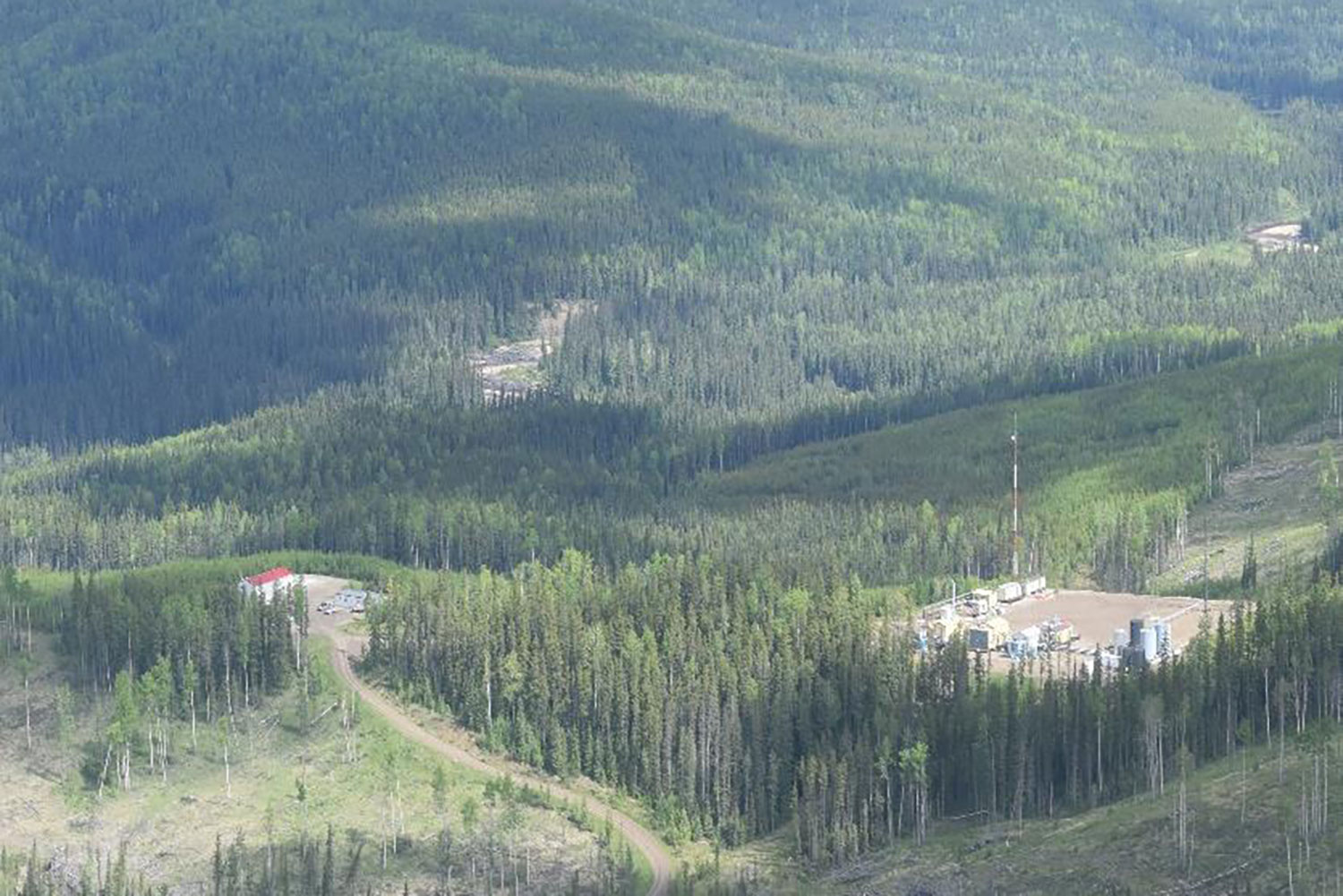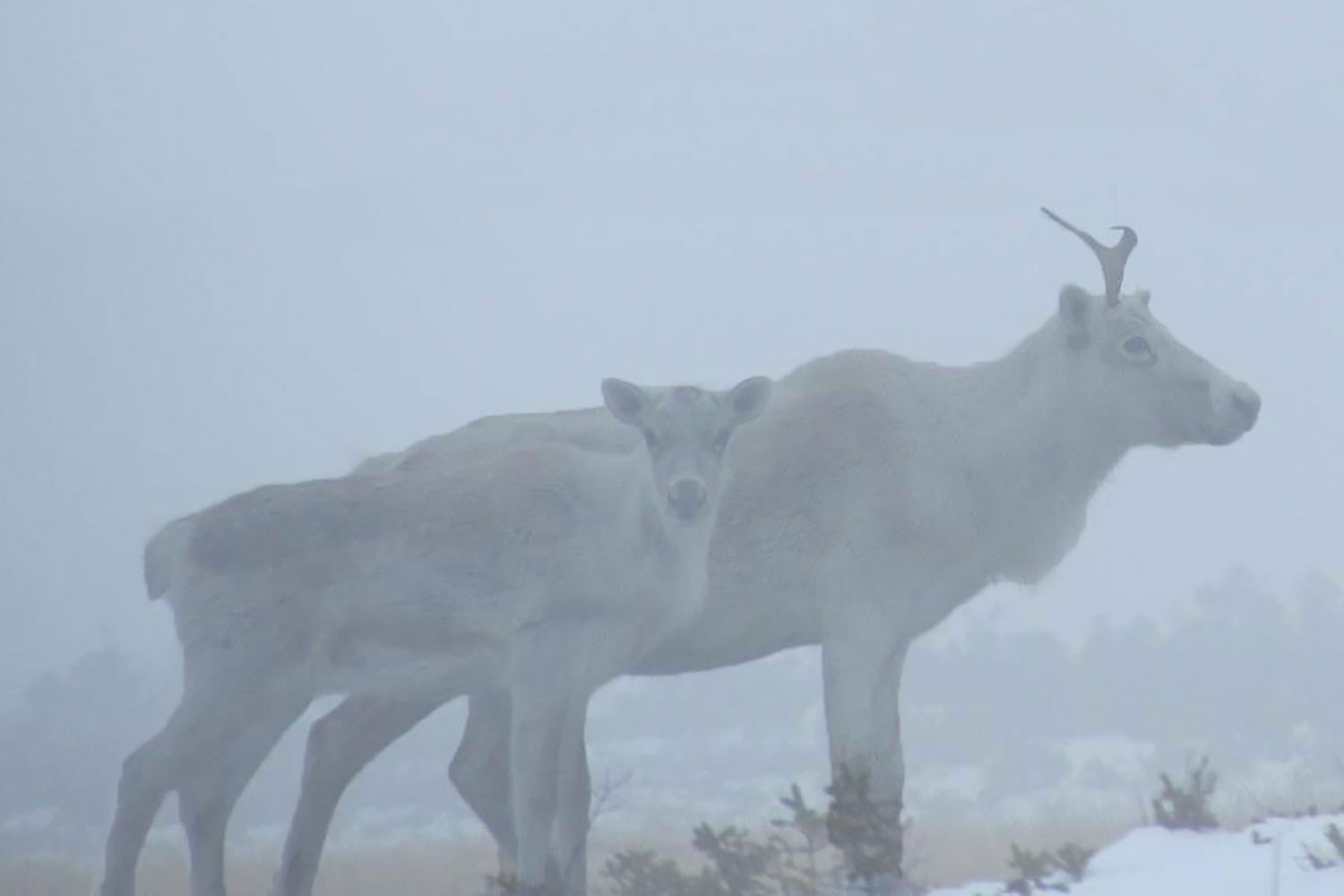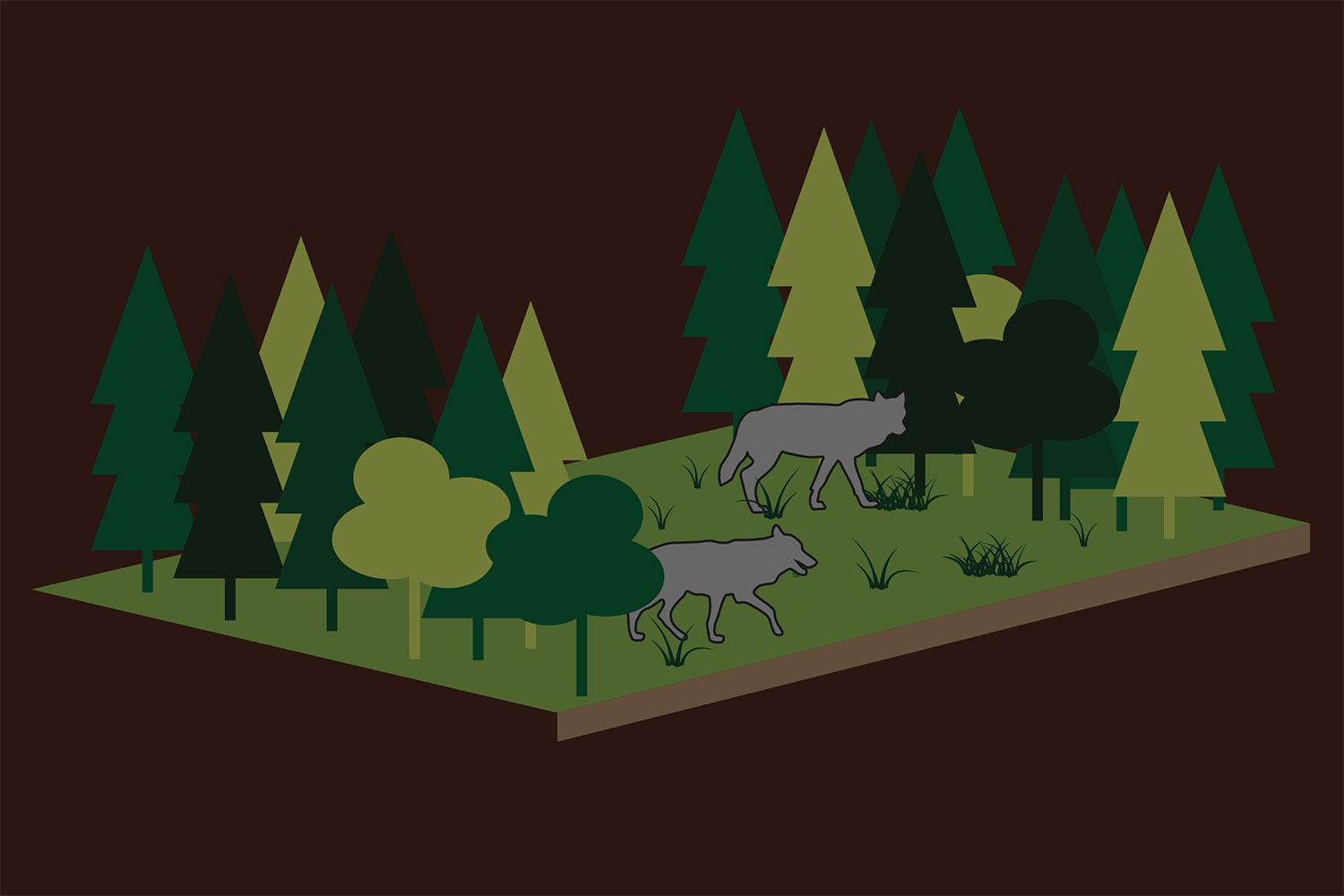Executive Summary
Woodland caribou in Alberta and British Columbia are federally listed as threatened under the Canadian Species at Risk Act (SARA). Throughout their range, the decline of woodland caribou populations is thought to result from habitat degradation and fragmentation caused by industrial activities. Infrastructure associated with oil and gas development accounts for a significant portion of the disturbance footprint in many boreal caribou ranges. While researchers have studied the behavioural response of caribou to various types of oil and gas infrastructure, the response of caribou and wolves to different levels of human activity associated with operational phases of development related to at oil and gas has yet to be properly understood.
The goal of this project was to understand the response of caribou and wolves to oil and gas developments relative to different activity phases, and relative to the age of the disturbance. Our previous analyses revealed that well site activity influenced selection by wolves and caribou, and that both species selected areas further from high-activity well sites compared to low-activity well sites. Specifically, during all seasons, caribou avoided areas near high- and moderate-activity well sites, while wolves avoided areas near high-activity well sites during the nomadic winter season, but selected areas near moderate-activity well sites during all seasons. In addition, wolves selected areas near low-activity well sites during the nomadic season, and caribou also selected these areas during that season. Regarding other anthropogenic disturbances, our results show that Chinchaga caribou avoided areas with high densities of cut blocks across the year. Chinchaga caribou also avoided areas near roads and pipelines and avoided areas with higher densities of roads and pipelines during all seasons. During fall, when caribou are moving to winter ranges, caribou selected areas near high- and low-use roads, avoided areas near winter-roads, and selected areas near pipelines. Caribou also consistently selected open habitat and wetlands on gentle terrain, and avoided dense and moderate canopy conifer forest during all seasons. Finally, caribou also selected areas at higher elevations during late winter, spring, and summer, and selected areas at lower elevations during fall and early winter. During all seasons wolves in the Chinchaga caribou range selected areas near cut blocks, pipelines, and high and low-use roads, and selected areas with higher densities of pipelines, and high- and low-use roads. Wolves also selected open habitat and gentle slopes during all seasons.
Using field data of animal tracks and signs to address specific use of pipelines by predator and prey species, we observed that deer were more likely to use pipelines with slight slopes, presence of moose signs, and low vegetation heights, while moose were more likely to use pipelines with high lateral cover below 1 m, and pipelines that fell within forest stands with dominant broadleaf species. Bears were more likely to use pipelines with slight slopes and presence of ungulate signs, and were more likely to use pipelines with broadleaf species growing as a secondary species. Pipeline age had no clear effect on the use of pipelines for canines, bears, and ungulates although bears and ungulates seemed to use young pipelines more than old pipelines, and canines seemed to use old pipelines more than young pipelines, especially in non-forested habitats. Overall, models also revealed that ungulates were more likely to use pipelines in areas of low road densities, and in proximity to water, while predators were more likely to use pipelines with slight slopes.
With a goal of identifying areas that could be prioritized for restoration within the Chinchaga boreal caribou range, we overlaid seasonally and spatially explicit resource selection functions for wolves and caribou. Using this approach we identified 17% of the Chinchaga boreal range that could be prioritized for restoration based on the highest cumulative relative probability of overlap between caribou and wolves throughout the year. At a fine scale, our analysis suggests that wolf-caribou co-occurrence was highest near low-activity well sites and near pipelines, while pipelines with slight slopes were used by ungulates, canines and wolves, and moose also used pipelines in broadleaf stands. Combined, this information could be used to direct restoration treatments at a fine scale to reduce the spatial overlap between caribou and their predators.
This study is, to our knowledge, the first to develop interprovincial, seasonal RSF surfaces to map the relative probability of use for caribou and wolves in the Chinchaga caribou range using a robust GPS telemetry dataset and landscape data covering the entirety of the Chinchaga caribou range, quantify the response of caribou and wolves to oil and gas well sites at different levels of human activity, and assess how fine scale habitat and terrain characteristics, and pipeline attributes influence use of pipelines by ungulate and predator species using non-invasive methods. This study is therefore addressing a knowledge gap in an effort to inform restoration efforts for caribou. The results of this project will be valuable to land managers planning for caribou recovery by allowing recovery actions to be prioritized in a manner that maximizes their benefit to caribou and increases the probability of caribou persistence in the Chinchaga caribou range.
Download the full report here.









